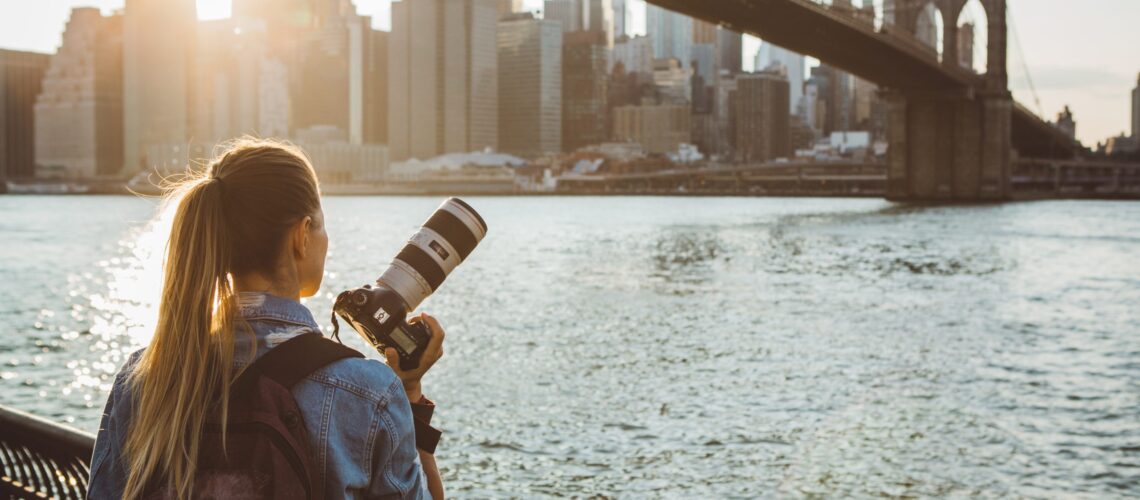What can I take pictures of without fear of violating copyright law? Are there any rights that must be considered if I want to take a picture of the Empire State Building or da Vinci’s “Mona Lisa”? These are common questions that not only professional photographers ask. We have looked into the subject of photographing other people’s property and also examined how other countries deal with it.
No right to the image of one's own property
Objects in the sense of the law are only physical objects. This include buildings, landscapes, works of art and animals – even if the latter are granted a special status. In principle, objects may be photographed and used without the owner’s consent.
Be cautious, however, when shooting on private property or in buildings that could impinge upon the privacy of individuals or brands, designs, or copyrighted works.
Photography on private property
If pictures are taken on private property, there are some special aspects which must be considered, such as the rights of use of the owner and the house rules. The owner must agree to photographs being taken of his property and to their commercial exploitation. This is necessary whenever you enter a third-party, non-public property.
Exploitation right of the owner
Property is generally protected. Photographs of a property do not damage the object itself, but may nevertheless affect the owner’s rights. The owner can be impaired in his ability to sell pictures of a specific object because others could compete with him with their pictures of it.
This is particularly relevant for buildings that are attractive to tourists, such as castles and other monuments, where the owner has a primary interest in being able to determine who may photograph his property, e.g. to produce postcards and distribute them.
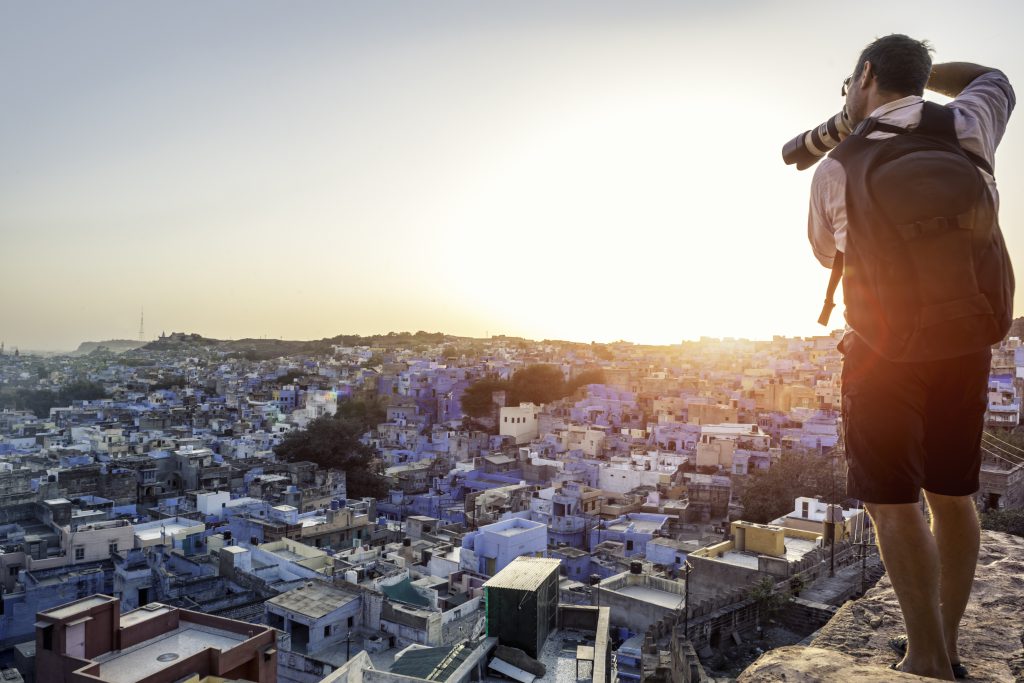
House rules and regulations
Restrictions may result from a property owner’s house rules. House rules enable the owner of a property to prohibit entry or to attach conditions to entry – for example by imposing a ban on photography. Such a ban is often found in the house rules of zoos, museums, sports clubs and hotels.
The property owner’s rights may be very comprehensive or could just prohibit the commercial exploitation of photos. Just because the entry to a property is allowed, for example because one has bought admission, does not mean that photographs can be taken there. If you take pictures without permission, the owner could be entitled to injunctive relief or compensation.
Even if a property is publicly owned and accessible free-of-charge, the owner still has the right to prohibit the commercial distribution of any photographs taken there.
Privacy laws
In addition to the question of where a photograph was taken, photographers must also be mindful of what is depicted in their images when taking pictures of objects. Especially in residential areas, the personal rights of the residents must be respected – even when people are not captured in the pictures. Showing views of the interior of apartments, e.g. bedrooms, is all it takes to violate the basic personal rights of the resident.
Privacy laws grant fundamental rights and accordingly must be treated with utmost sensitivity. Everyone has a right to privacy and should be able to rest assured that no personal information is revealed through photographs.
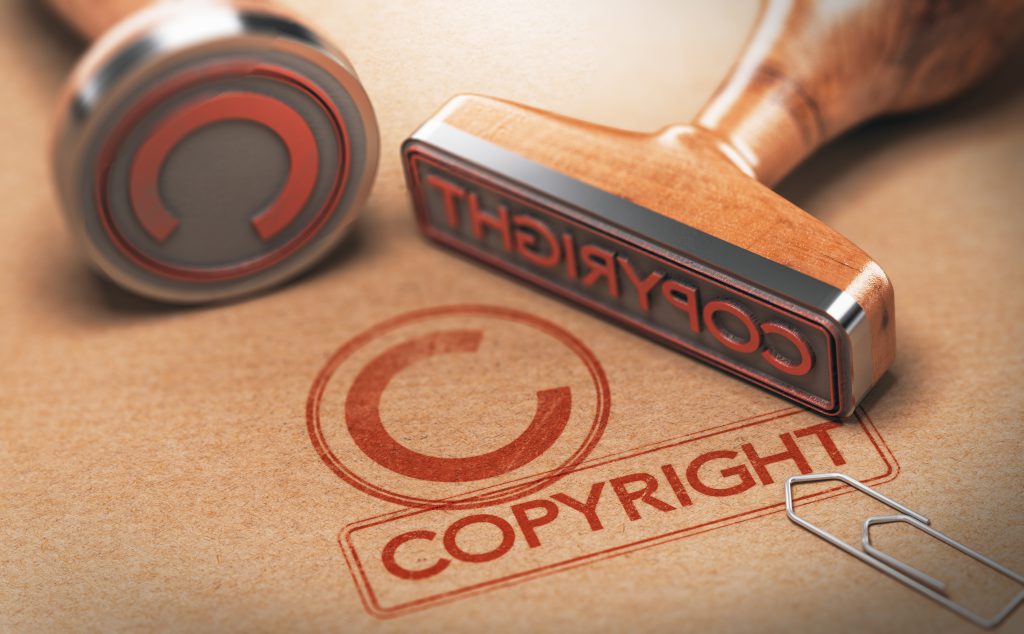
Property rights of third parties - trademarks, copyrights, designs, etc.
Caution should also be exercised when making commercial use of pictures of objects protected by intellectual property rights. In some cases, the rightsholder may not only prohibit the use of the photograph, but also claim damages.
Copyrights
Copyrighted works can be not only photographs or photographic works, but also the works depicted in them. If copyrights exist for an item that is going to be photographed, then a photograph of this item constitutes a reproduction of a copyrighted work and therefore requires the consent of the author. The multitude of works protected by copyright is enormous. These can be works of architecture, models, paintings, designer furniture and sculptures.
The prerequisite is that the works are personal intellectual creations. A so-called level of originality is required as a decisive criterion and it is not always easy to tell when such a level exists. It is therefore advisable, in case of doubt, to assume that a work is copyright protected unless it is entirely ordinary in every respect.
Under certain conditions, in order to safeguard legitimate interests, the author must tolerate the use of his work without his consent. These exceptions are known as copyright barriers. They are interpreted very narrowly and in a copyright-friendly manner, so in case of doubt it is recommended to obtain the consent of the creator.
Freedom of panorama
One of the best-known exceptions to copyright law is the so-called freedom of panorama. Freedom of panorama allows photographers to take photos of copyrighted works and to distribute them even without the permission of the copyright holder. For this exception, it is important that the copyrighted works are permanently located on public paths, streets, or squares.
The question of whether a work is a permanent installation depends on the will of the artist. If the artist wants his work to remain permanently visible, then the freedom of panorama exception also applies even if it is removed again after a short time, e.g. in the case of graffiti. In contrast, the veiled Berlin Reichstag was not classified as “permanent”. The work of the artists Christo and Jeanne-Claude was only intended for a period of two weeks.
So far, the “public” criterion has been a major source of potential conflict. For freedom of panorama to be effective, the works to be photographed must be located in a “public place”. The work must therefore be viewable from a conventional “pedestrian perspective” without having to overcome further obstacles. It is therefore not permitted to take photographs of a work from a public place using aids such as ladders or unusually high tripods.
Europe: differences in the freedom of panorama
If we broaden our view to the European Union, the situation becomes more complex: an EU directive does indeed provide for a copyright barrier comparable to the freedom of panorama in Germany. The catch: the implementation of this regulation is optional for the member states. So in some EU countries freedom of panorama applies, while in others it does not exist at all. And: all freedom of panoramas aren’t created equal.
Ireland, Great Britain and the Netherlands are extremely photographer friendly. In these countries, not only the exterior of public buildings can be photographed and ultimately used for private and commercial purposes. The interior of public buildings can also be photographed and sold. In these countries, the freedom of panoramic views is thus even more extensive than in Germany.
In other EU countries, such as France, freedom of panorama is limited to non-commercial use. This means that even if, for example, a photo is published privately in social networks, this could still be a commercial use.
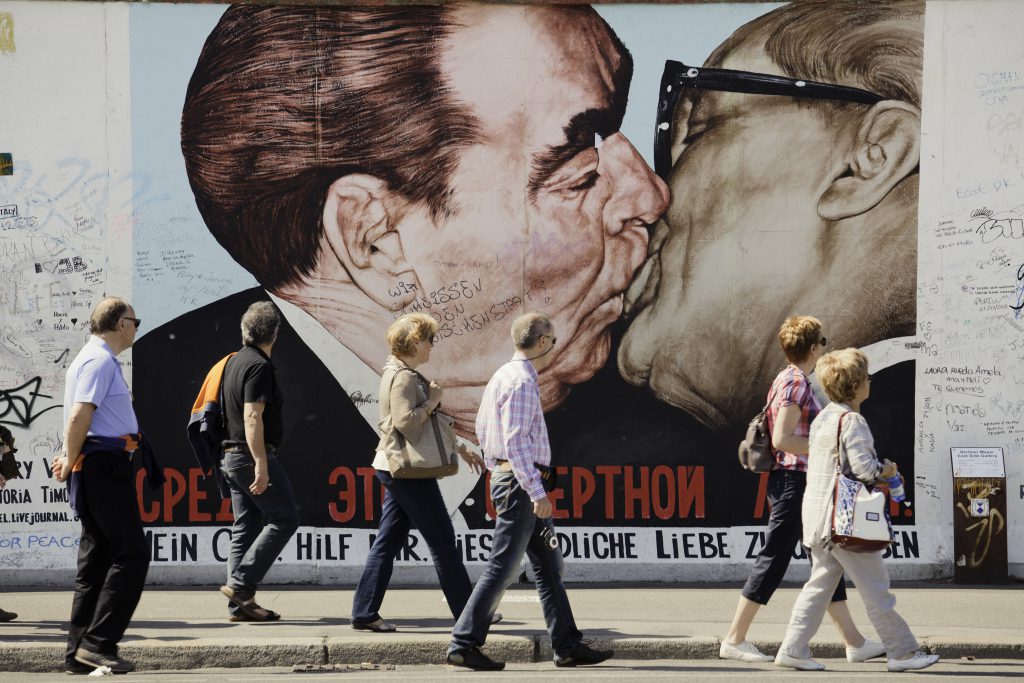
Freedom of panorama worldwide
How is panoramic freedom handled in non-EU countries? Here are two examples:
In the USA, the following applies: buildings visible from or standing on public ground may be photographed and the photographs may also be published. The same applies to interior photographs of publicly accessible buildings.
Important to know: Museums, parks and other facilities that charge admission are not considered to be open to the public. Monuments and works of art are also excluded from the panoramic view, even if they are open to the public or visible from public view.
Furthermore, there are a number of buildings in the USA that are not covered by freedom of panorama for commercial use, including the Chrysler Building, the Empire State Building, Rockefeller Center, the Guggenheim Museum and the Hollywood Walk of Fame.
In Japan, Art. 46 of the Japanese Copyright Law, as amended by Law No. 121/2006, provides that works of art whose originals are permanently placed outdoors or works of architecture may be used in any manner.
Press and reporting on current events
The duplication, distribution, and public reproduction of illustrations of copyright-protected works is permitted without the author’s consent if they are used for reporting on current events in broadcast and television reports and for illustrations in newspapers etc. Reporting in this context means the factual description of an actual event. It does not include mere comments and expressions of opinion.
The crucial factor is that the work depicted is related to the event. How current the event has to be depends on the publication frequency of the respective medium. In the case of a monthly print magazine, a report published weeks later may still be considered current.
Copyright-protected works as an insignificant accessory
If a copyright-protected work is only visible in the background of a photograph, it is considered an insignificant accessory and does not violate the rights of the author. However, it only counts as an accessory if the work could be removed from the image or replaced by another one without changing the message of the image.
Dealing with “insignificant accessories” in other countries
Other EU countries may apply a barrier to the casual inclusion of a work or other subject matter in other material. The interpretation is left to the discretion of the individual countries. However, exceptions and limitations may not be applied in such a way that the legitimate interests of rightsholders are violated or such that the normal exploitation of their works or other subject matter is impaired.
In American law, the exemption for insignificant accessories is essentially regulated in two ways: Minor uses can be covered by the fair use clause or the principle of “de minimis non curat lex” (“the law does not care about minor uses”) can be applied.
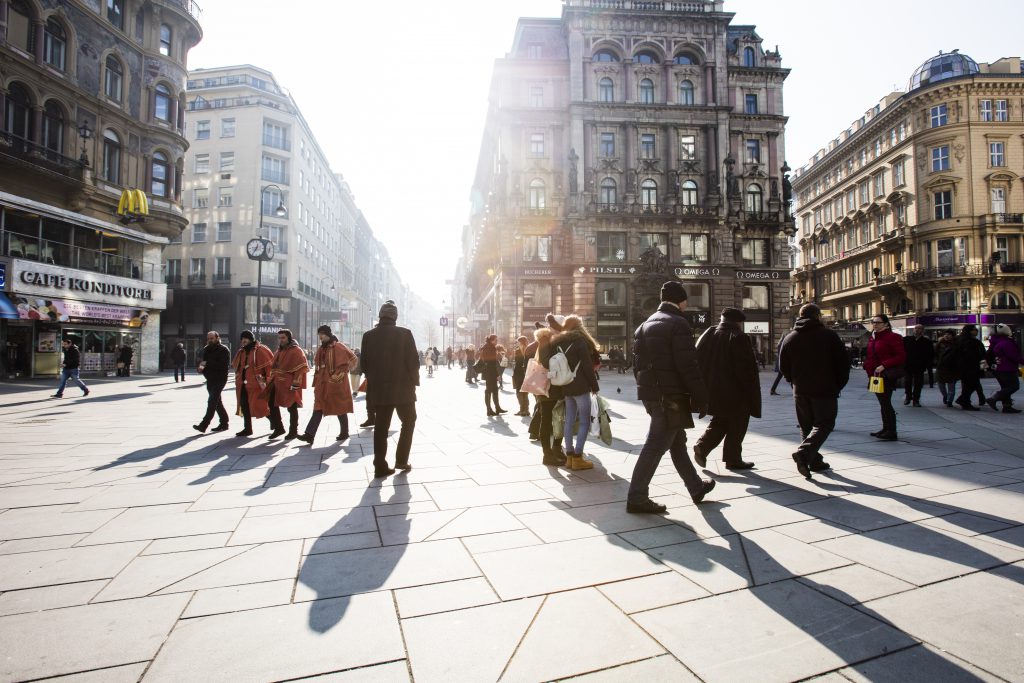
Trademark rights
Trademarks are symbols that make it possible to associate a product with a specific company. For a symbol to become a trademark, it must either be entered in the trademark register or be used very extensively. Simply photographing a trademark does not infringe any trademark rights. The use of a trademarked photo on a private website does not constitute trademark infringement because it does not occur in the course of business. Trademark rights are only infringed if they are used to boost the sale of one’s own goods and services. The good reputation of the trademark must not be exploited.
But even professional photographers rarely infringe trademark rights with their photos. An infringement requires that the picture with the trademark is used in a manner that exploits the brand. Therefore it must be used to promote the sale of goods or services. Thus, a photographer would have to use the trademark on the photo specifically to sell his goods – such as illustrated books or photographic services.
Protected designs
Design protection relates to either two- or three-dimensional manifestations of industrial or handicraft objects. Wrappings, equipment, symbols and characters can also be protected. To be able to protect a design, various conditions must be fulfilled. These include the novelty and distinctiveness of a design from existing designs. Lawyers call this the “uniqueness” of the design.
Design rights grant the owner of the design the sole right to use it and consequently he can prohibit third parties from using it. This also includes the right to reproduce the design. A photograph is a two-dimensional representation and therefore requires consent.
What does that mean in practice for photographers? Objects that are common mass products and do not have any distinctive characteristics can be depicted without hesitation. The more unusual the object or shape, the more cautious you should be. It is quite possible that in this case it is a protected design. If you are unsure, just ask. Many manufacturers have no objections to their products appearing in photos.

